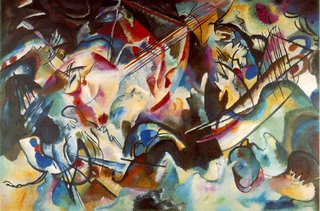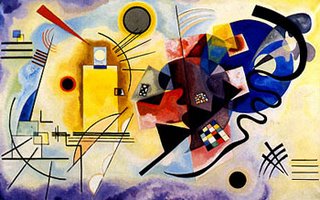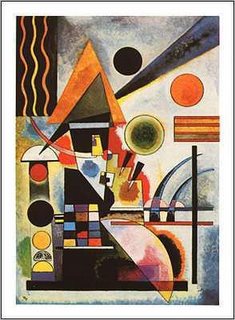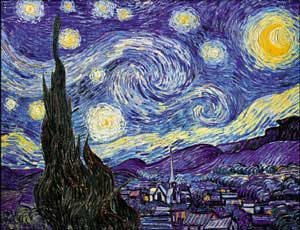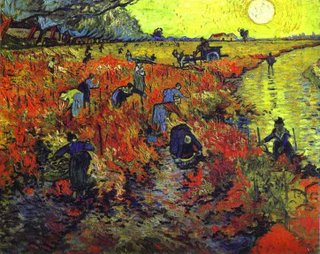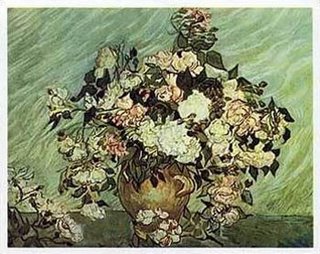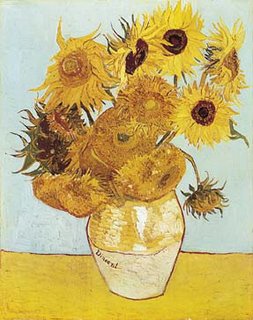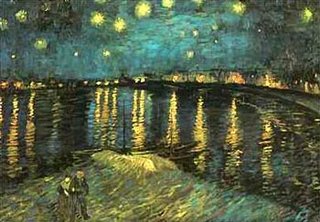Salvador Dali - Eccentric Surrealist Modern Artist"Those who do not want to imitate anything, produce nothing." - Salvador Dali
Salvador Dali was born as Salvador Domingo Felipe Jacinto Dalí i Domènech, 1st Marquis of Púbol on May 11th, 1904 in the town of Figueres, Catalonia, Spain. Well known for his surrealist work, Salvador Dali was also a skilled draftsman, sculptor, writer, jewellery designer, fashion designer and photographer. An imaginative person, he became known for his eccentric ways which sometimes drew more attention than his paintings.
As a child, he was made to believe that he was a reincarnation of an elder brother who had passed away nine months before he was born. Later on Salvador Dali attended drawing school. He held his first public exhibition of drawings at the Muncipal Theatre of his home town when he was only around 15 years old.
Two years later he lost his mother to cancer and moved to Madrid, the capital of Spain. Here he enrolled at the Academia de San Fernando or School of Fine Arts where he began his career with a number of Cubist works. In 1926, before his final examinations could begin, Salvador Dali was expelled from the Academia when he said that no one on the faculty was competent enough to examine him. He later went to Paris, where he met Pablo Picasso and was greatly influenced by his style of painting.
 The Metamorphosis of Narcissus, 1936-37
The Metamorphosis of Narcissus, 1936-37Salvador Dali joined the Surrealists who were popular at that time. Surrealism is a style of art that uses visual imagery from the subconscious mind in paintings and defy logic. It was also an anti war philosophy that came out during the two world wars.
Salvador Dali dabbled a bit in scriptwriting for films. When he was 25 years of age, he met his muse Gala and fell in love. Gala, was a Russian immigrant named Elena Ivanovna Diakonova, who was eleven years older than him. She was also married to the surrealist poet Paul Éluard. Gala was the stabilizing factor in his life. She became his manager and organized many art exhibitions for him. They lived together before getting married in a civil ceremony in 1934. When Gala's ex-husband died twenty four years later, they remarried in a Catholic ceremony.
 Swans Reflecting Elephants, 1937
Swans Reflecting Elephants, 1937 In 1934, Salvador Dalí visited America for the first time and became a shocking sensation because of the outfits he turned up wearing at different parties. At the 'Dali Ball' he wore a glass case on his chest that contained a brassiere. Two years later, he went to a lecture in London wearing a deep-sea diving suit. He also visited a masquerade party in Chicago with his wife dressed as the Lindbergh baby and the kidnapper.
During the Second World War, Salvador Dali fell out of favour with other Surrealists because of his support to the Franco Regime in Spain and was expelled from their group. During this period, he took to writing a novel, his autobiography and other works. He moved to the USA briefly in 1940 before returning to Catalonia after the war ended in 1949.
 Butterfly Landscape - 1957
Butterfly Landscape - 1957Some of the techniques incorporated in Salvador Dali's later works are holography, optical illusions, geometry, science and religion. Some of the recurring themes in his paintings are melting clocks, elephants, burning giraffes, the horns of the rhinoceros, DNA, hypercube, eggs, snails and the nuclear blasts in Hiroshima. He later did other things like creating a huge metal sculpture for a Song Contest in Madrid and appearing in a television advertisement for chocolates.
 The Hallucinogenic Toreador - 1970
The Hallucinogenic Toreador - 1970 In 1980, Salvador Dali was hospitalized with a damaged nervous system after his 85 year old wife Gala, mistakenly gave him a dose of wrong medicines. Two years later, Gala died, leaving Salvador lonely and depressed. He tried to allegedly commit suicide twice - once by dehydrating himself and once by setting fire to his bedroom. He died on December 5th, 1988, after suffering from heart failure and is buried in his home town of Figueres.









































